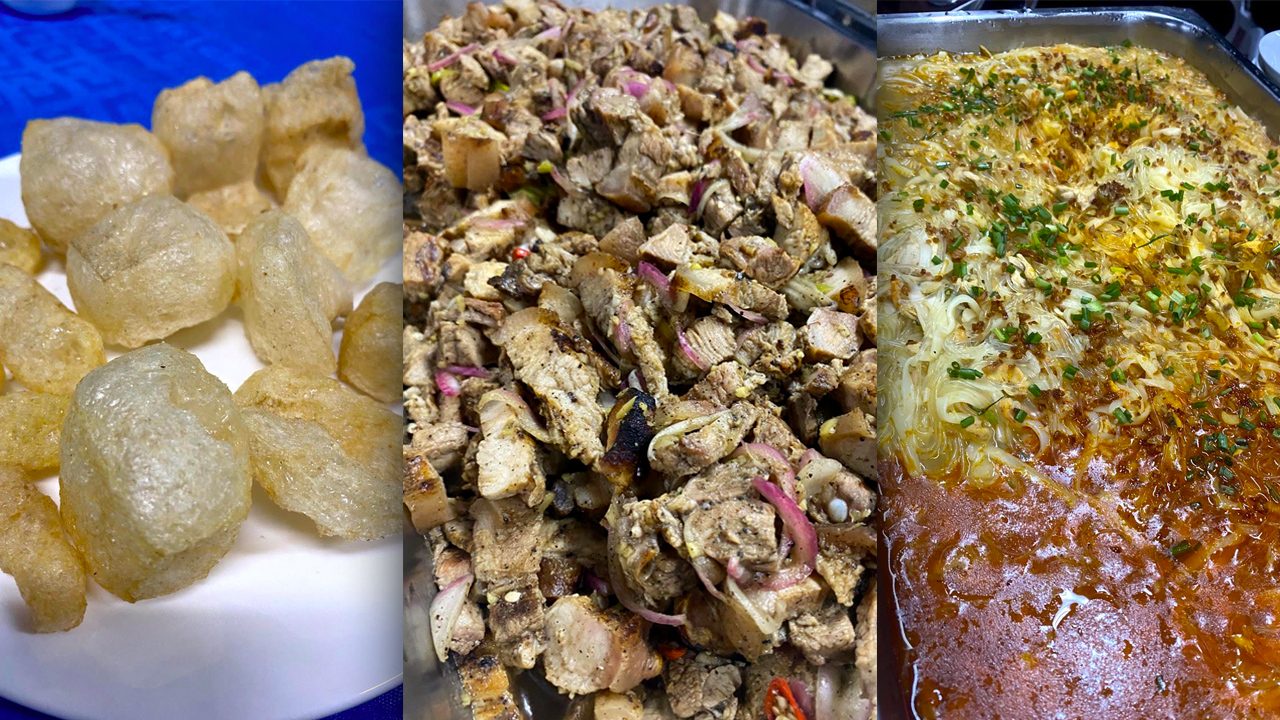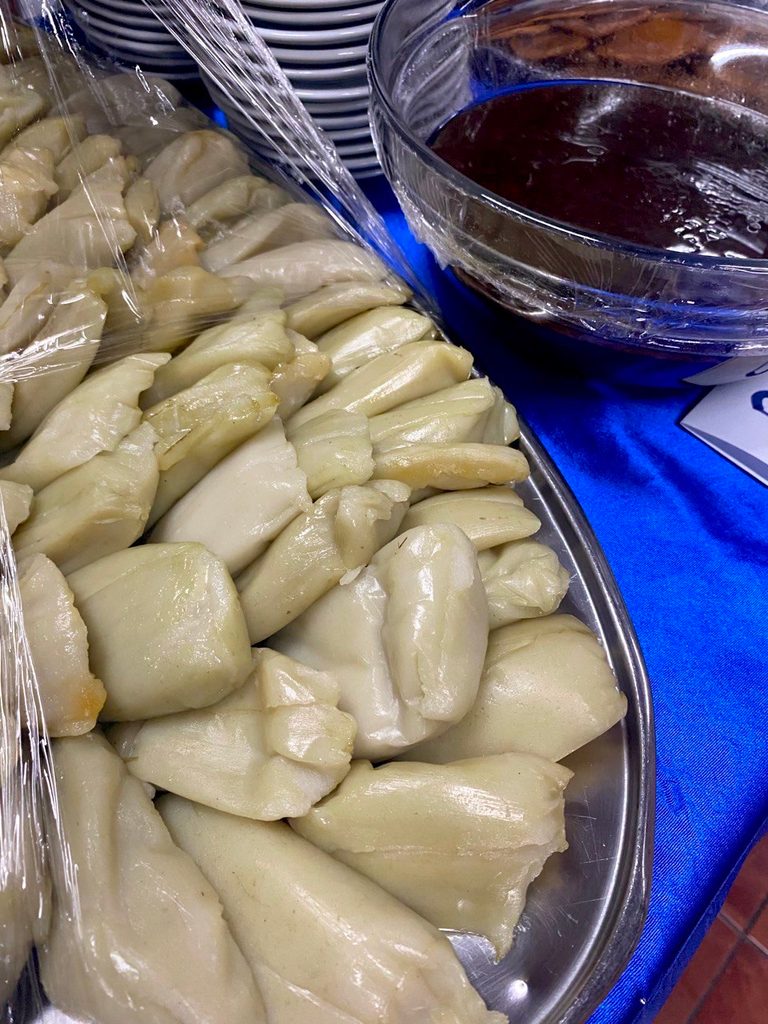SUMMARY
This is AI generated summarization, which may have errors. For context, always refer to the full article.

MANILA, Philippines – Ilocos empanada, Vigan longganisa, bagnet, and dinakdakan… when I think of Ilocano cuisine, these are usually the top delicacies that come first to mind. However, I’ve always known that there is much more to be discovered about the region’s diverse gastronomic scene – and luckily, I was invited to attend an introductory dinner on “Discovering Cagayan Valley Cuisine” last November 29.
Hosted by the undergraduate students of Ateneo De Manila University’s Department of Sociology and Anthropology, the “Introduction to Cultural Heritage” dinner introduced a few staple recipes from the multi-ethnic region, sponsored by Mama Sita Foundation.
The menu of soup, vegetable, meat dishes, and desserts was curated by Jan Karl Coballes of the Philippine Information Agency and Cagayan Heritage Society, and then prepared by the Ateneo Multi-Purpose Cooperative.
Here are the dishes we tried from the produce-abundant, agrarian northeastern region of Luzon. Mangan tayon!
Chicharabao
For starters, we were given a favorite specialty snack from Tuguegarao – a crispier and airier version of chicharon.

Chicharabao is made from carabao skin instead of the typical pork skin or fat, resulting in a lighter snack in terms of texture and taste – it’s less fatty and salty than chicharon. It paired really well with the various spiced vinegars of Mama Sita.
Sinanta
For the soup course (which was more like a noodle dish), I tried sinanta for the first time – a light broth with two kinds of noodles (vermicelli and flat egg) and two kinds of protein (clams and chicken). The orange hue comes from the achuete infusion (annato oil), a staple ingredient in Filipino regional cuisine.

It’s a flavorful, comforting soup that carries a distinct depth of salinity from the clams, and becomes surprisingly filling because of the generous serving of noodles. It’s typically served with pinafuku – a slightly sweet and sticky rice cake dessert.

Sarabsab
Sarabsab took its starring role as the main course, a meaty dish that people may compare to dinakdakan and call the “Ilokano-style sisig.”

It’s made from chopped flame-grilled pork – sufficiently soft with bits of fat – seasoned with vinegar, chilies, and other spices. I enjoyed this more than I expected, as a fan of acidic dishes in general – the vinegar seasoning and the mild sili spice that lingers helped temper the meatiness and smokiness of the pork. The fresh sharpness of the red onion slivers was also very welcome.
Inabraw
Inabraw is the region’s popular vegetable and fish dish, made from a handful of staple veggies so that it can be prepared easily daily. Upon first look and taste, a hybrid between pinakbet and laswa came to mind.

The Ilocano classic reinterpreted in Cagayan is made from isda, hibi, clams, fried/smoked fish, bagoong, and garlic, resulting in a tasty, bagoong-based, soupy dish (that’s almost viscous) that is simple but packed with umami flavor and nutrient-dense ingredients. The vegetables present were Bahay Kubo staples – eggplant, sigarilyas, sitaw, okra, ampalaya, and I enjoyed this a lot as well – it could be eaten on its own with rice, or paired with a meat or fried/grilled fish dish.
Binallay
For dessert, we had a sticky rice delicacy made from glutinous rice dough, wrapped in banana leaves and steamed, and then served with a latik syrup made from sweet coconut curd.

It’s the region’s version of chewy kakanin, but thicker and more dense.
Another delicious dessert we were able to try was Carabao Milk Candies, similar to pastillas but less sugary and crumbly. The specialty of the valley was addictive and had a deeper, more caramel-like sweetness. – Rappler.com
Add a comment
How does this make you feel?


![[Newspoint] Willful indifference](https://www.rappler.com/tachyon/2024/05/np-willful-indifference-05032024.jpg?resize=257%2C257&crop=270px%2C0px%2C720px%2C720px)


There are no comments yet. Add your comment to start the conversation.